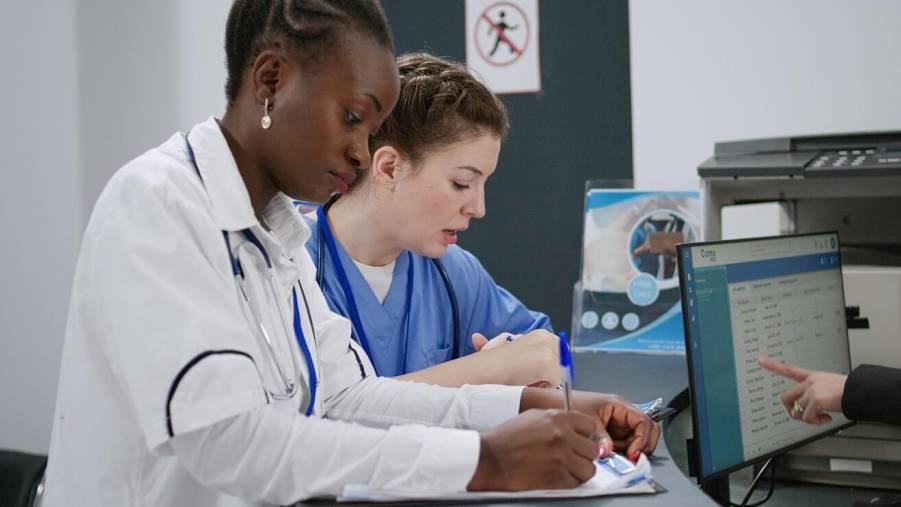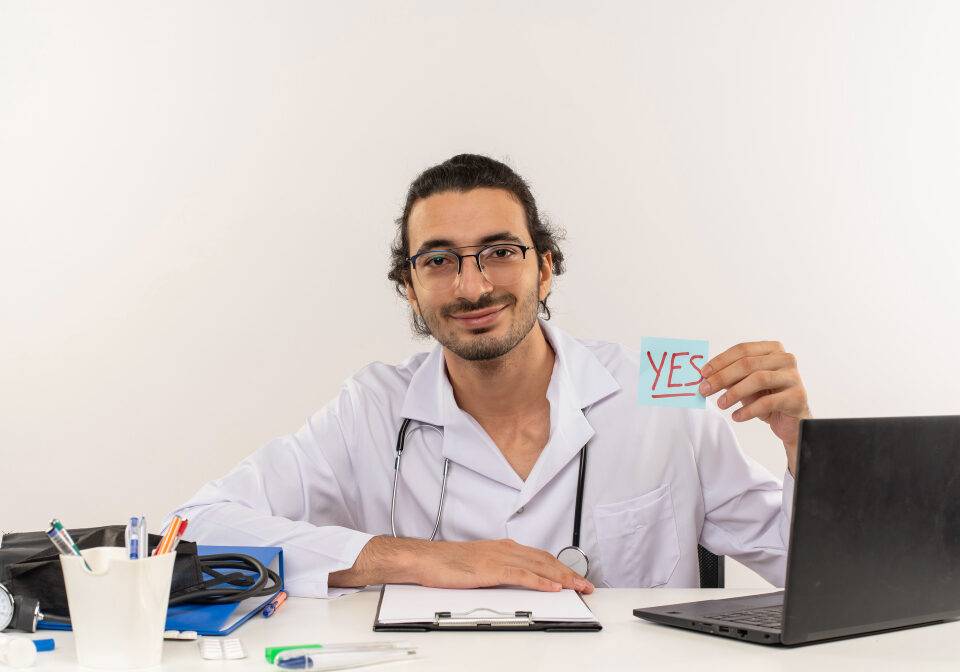
- Innovation in the pharmaceutical sector increased significantly. Many organizations have resorted to advanced automation to enhance drug safety procedures, driven by the enthusiasm surrounding cutting-edge technologies like generative artificial intelligence.
- New and innovative ideas were presented that have the potential to improve operational accuracy and efficiency while addressing the problems that PV teams encounter.
- Shortly, it is unattainable that organizations will be able to implement these advanced technologies. Instead, the industry’s decision to review its current PV models, investigate new possibilities, and instill confidence in automated procedures is essential in the year ahead.
The state of affairs in the future
PV production will continue to be plagued by its classic, enduring problems. As caseloads rise, the gap between available skilled labor and workload will grow.
- The increased volume of data and the shrinking workforce will make it challenging to meet demand for this human-centric model.
- A lack of accuracy and quality of data management can result in staff burnout, compounding expenses, and problems with staff burnout and compounding expenses.
- Data errors represent a significant risk of harm, and patient safety is a top priority for drug safety operations.
- Organizations will need to reassess their PV models to reduce patient risk and enhance patient safety as volumes continue to rise and PV specialists become more in short supply. Advanced technologies and automation will be essential tools to reduce these problems with data quality.
- Through innovative approaches to safety data processing, analysis, and reporting, automation, and cutting-edge technologies will be essential tools to minimize these data quality issues.
- Overall, the industry acknowledges that automation will be a necessary tool to address inconsistencies in current processes, as well as a useful one, particularly as new, more complex markets emerge and regulatory requirements continue to change.
- Compared to the conventional, human-led PV processes, AI and machine learning (ML) are more effective at handling large data volumes; analytics can offer deeper insights into data that might otherwise be missed, allowing for greater precision promptly.
- This enhances patient safety procedures while controlling expenses. By 2024, the PV industry will have shifted toward adopting technologies like generative AI and ML to increase accuracy and efficiency.
Automation is the way of the future.
- There is a turning point in the PV industry. AI and automation are essential for the future, but only as a core component of long-term planning.
- Regulatory requirements can be efficiently met, drug safety can be improved, and risk management can be enhanced when the right integration strategy is used.
- The advantages in terms of effectiveness, precision, and patient safety are obvious, despite the difficulties in incorporating AI into conventional systems.
- Automation is now a matter of when rather than if, and companies that embrace these technologies early on will be better prepared for PV systems that are safe, dependable, and effective in the future.
- Thanks to the pharmaceutical industry’s increased innovation, advanced technologies like generative artificial intelligence and automation have been incorporated into drug safety procedures.
- Businesses will have to assess their current PV models this year and gain confidence in automated processes.
Related posts
May 26, 2025



